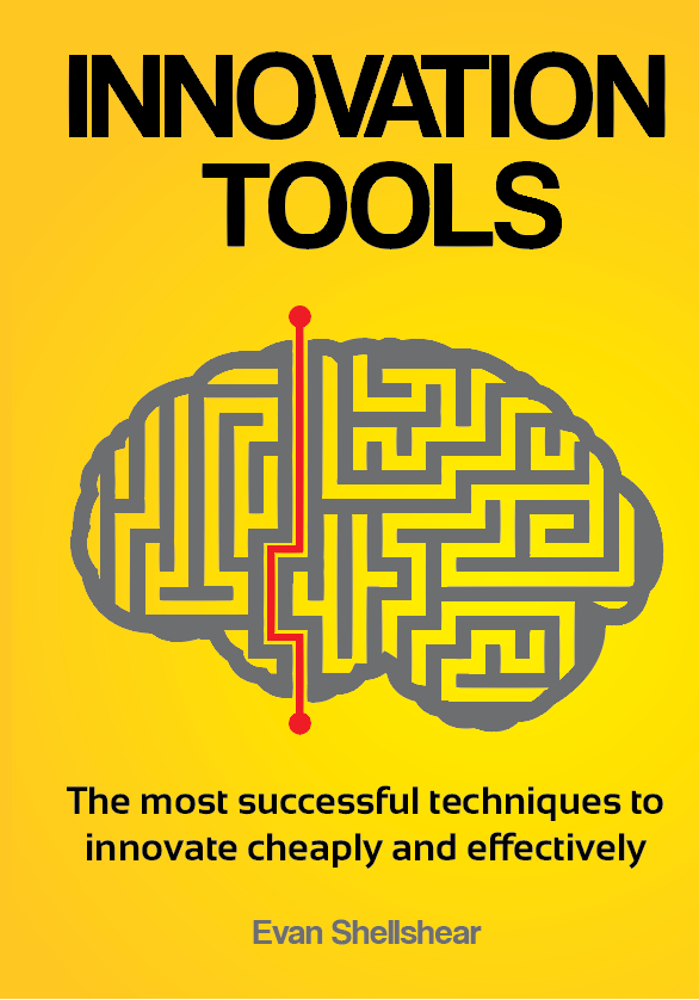Startup Name: Standard Fusion We are making risk and compliance management simple and approachable. Elevator Pitch: Risk...
Saas
LEGO has earned the right to celebrate. Not only are kids playing with more mini LEGO people...
Had a discussion with an freshly hatched enterprise startup the other day, a self acknowledged newbie we...
Pushkar Gaikwad is the founder of inBoundio.com a software as a service startup that provides the Wworlds simplest Inbound...



